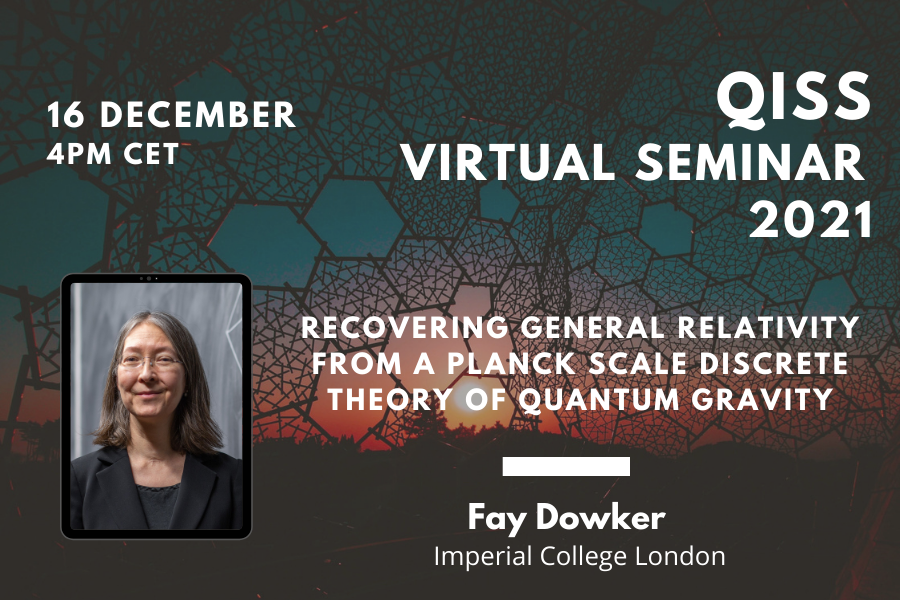Two Roads to Retrocausality
In recent years the quantum foundations community has seen increasing interest in the possibility of using retrocausality as a route to rejecting the conclusions of Bell’s theorem and restoring locality to quantum physics. On the other hand, it has also been argued that accepting nonlocality leads to a form of retrocausality. In this article we seek to elucidate the relationship between retrocausality and locality. We begin by providing a brief schema of the various ways in which violations of Bell’s inequalities might lead us to consider some form of retrocausality. We then consider some possible motivations for using retrocausality to rescue locality, arguing that none of these motivations is adequate and that therefore there is no clear reason why we should prefer local retrocausal models to nonlocal retrocausal models. Next, we examine several different conceptions of retrocausality, concluding that `all-at-once’ retrocausality is more coherent than the alternative dynamical picture. We then argue that since the `all-at-once’ approach requires probabilities to be assigned to entire histories or mosaics, locality is somewhat redundant within this picture. Thus we conclude that using retrocausality as a way to rescue locality may not be the right route to retrocausality. Finally, we demonstrate that accepting the existence of nonlocality and insisting on the nonexistence of preferred reference frames leads naturally to the acceptance of a form of retrocausality, albeit one which is not mediated by physical systems travelling backwards in time. We argue that this is the more natural way to motivate retrocausal models of quantum mechanics.
